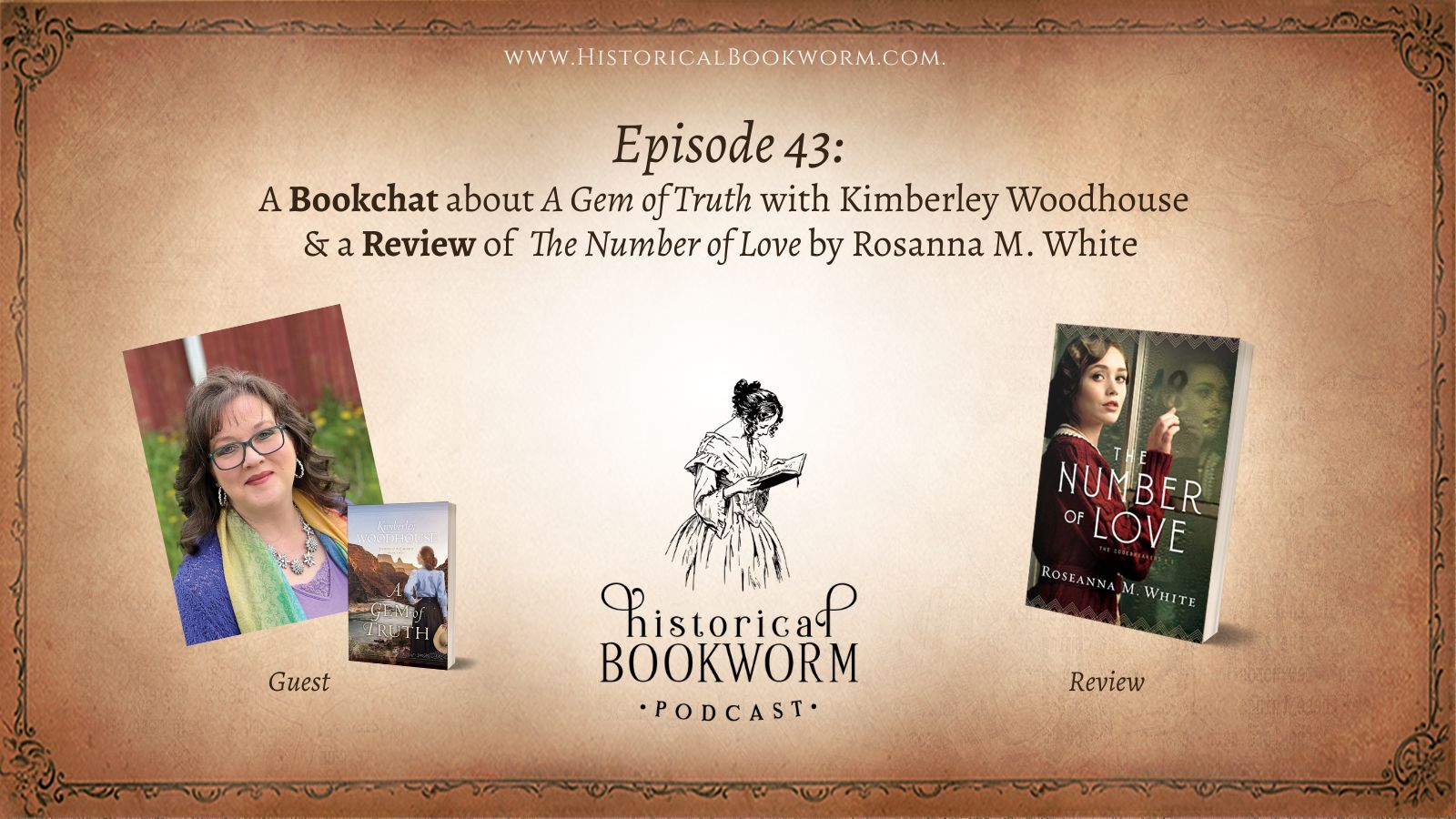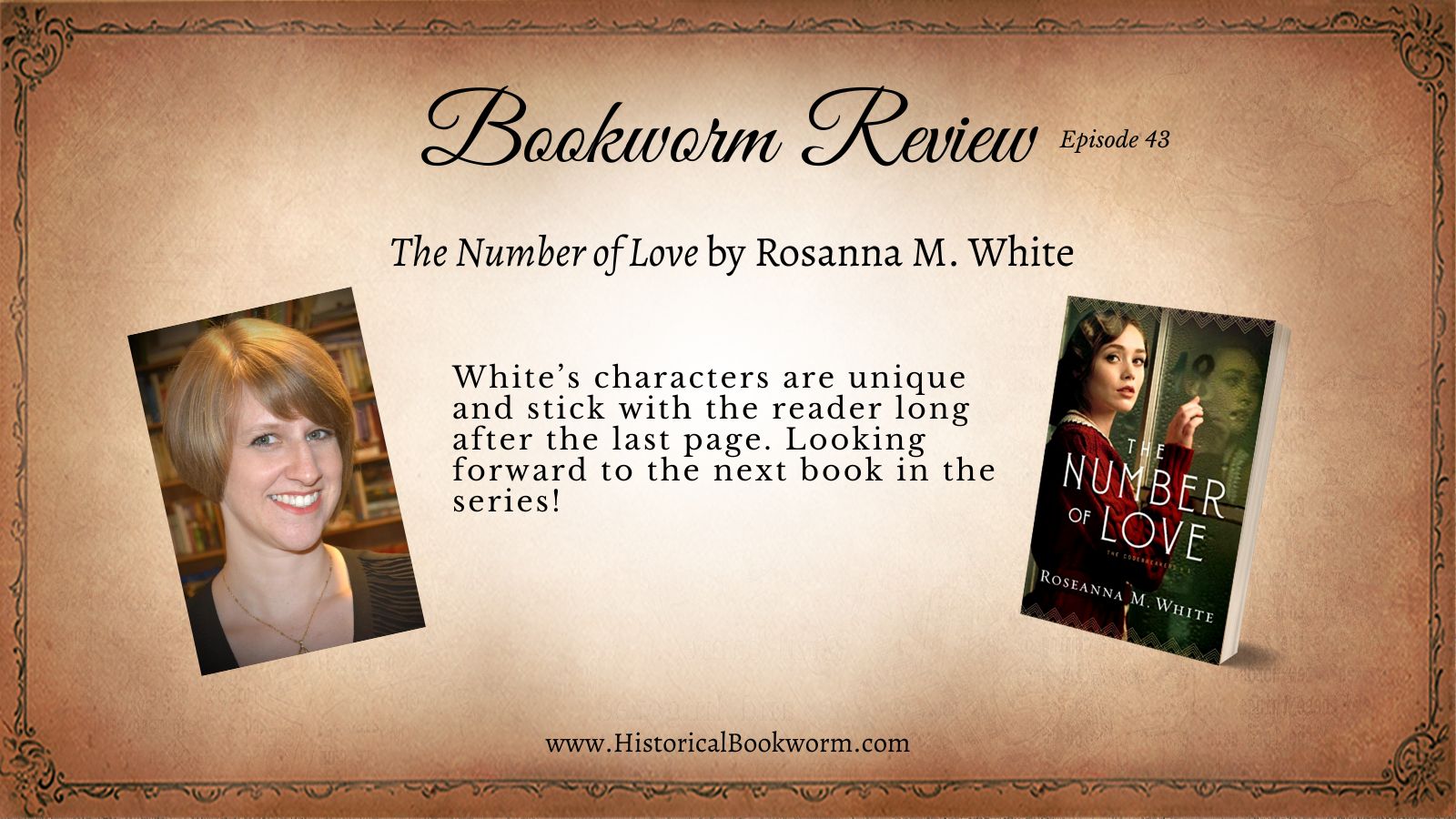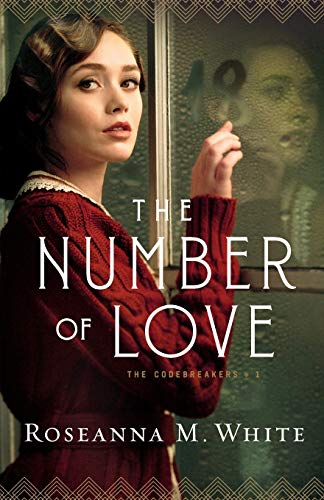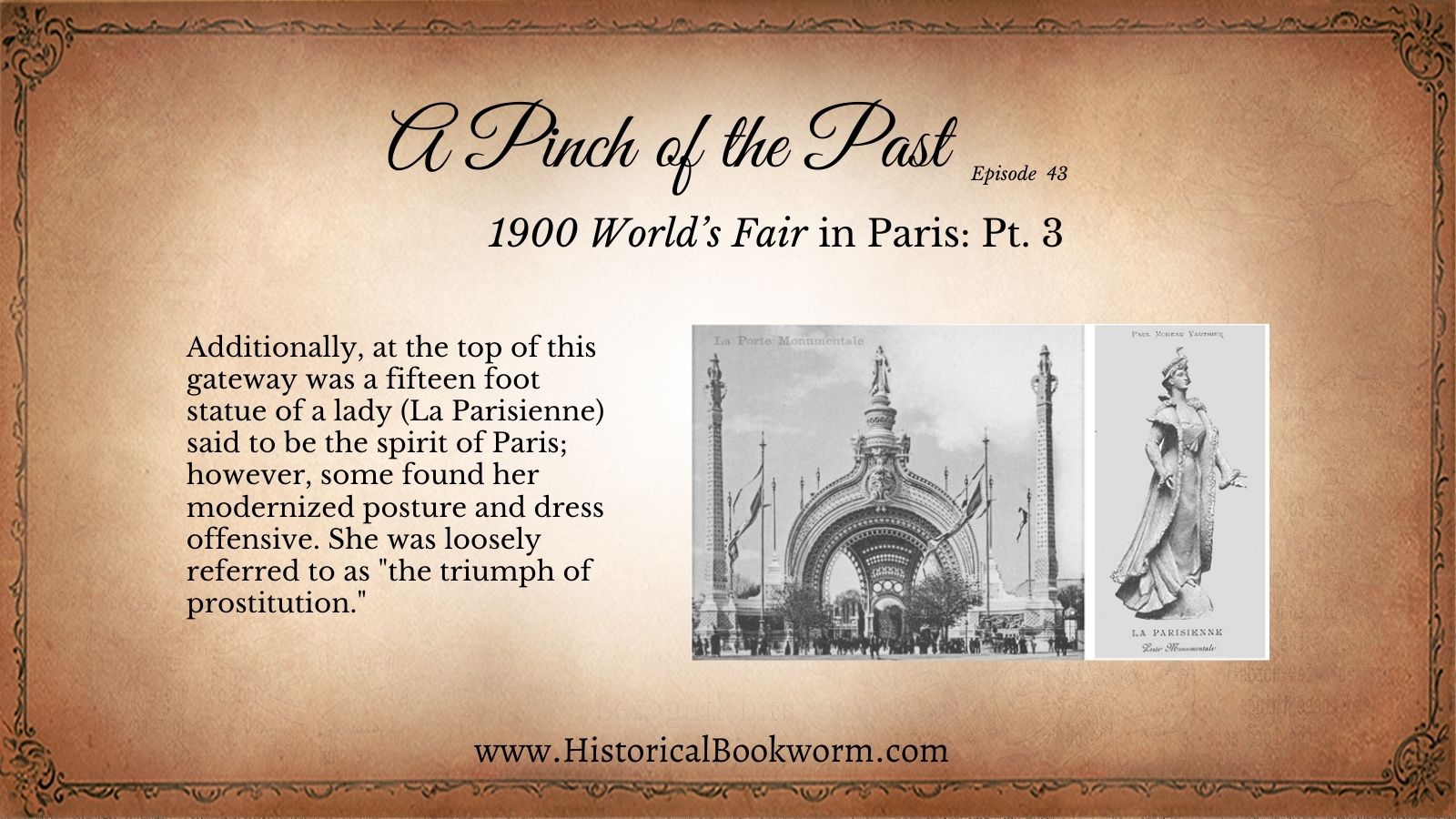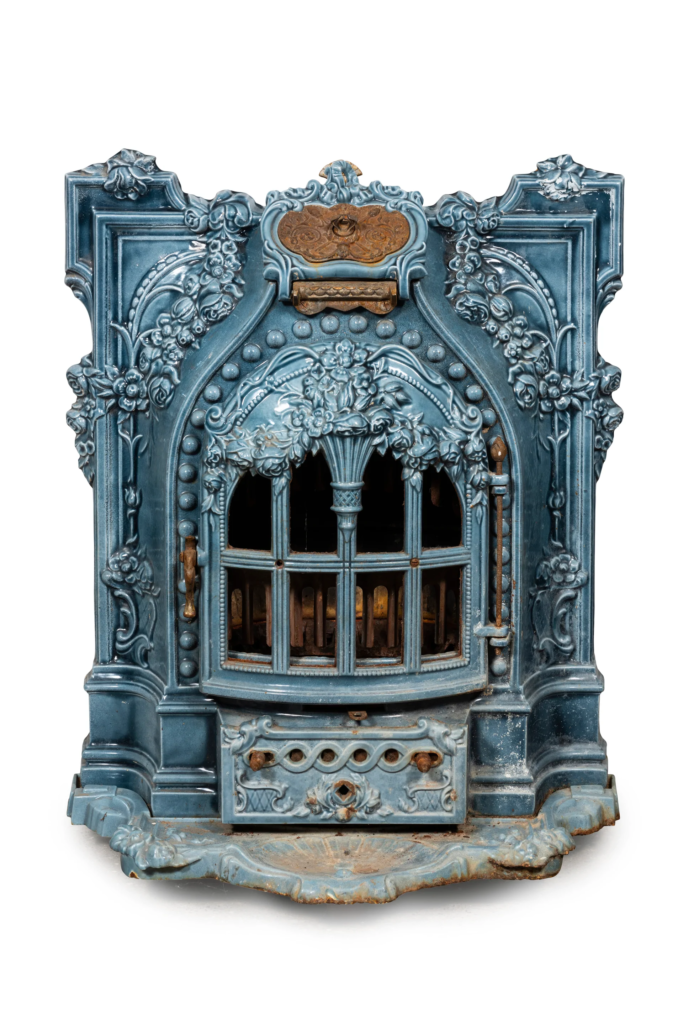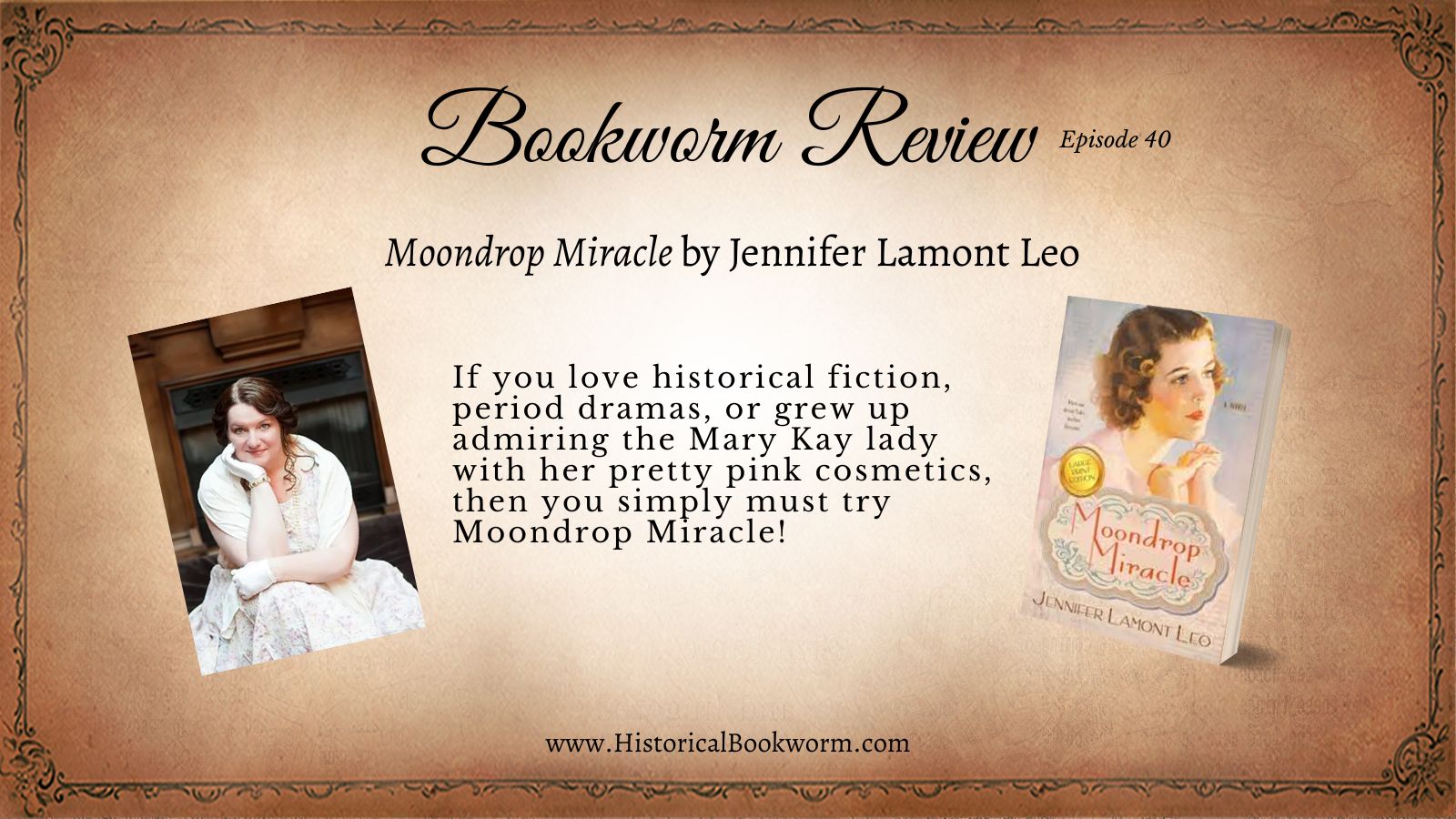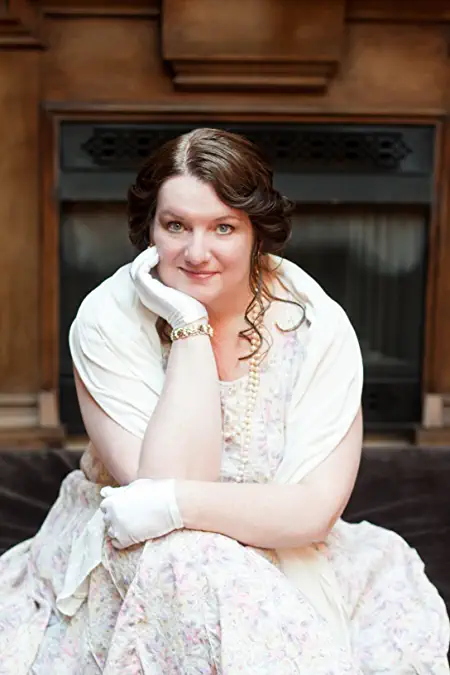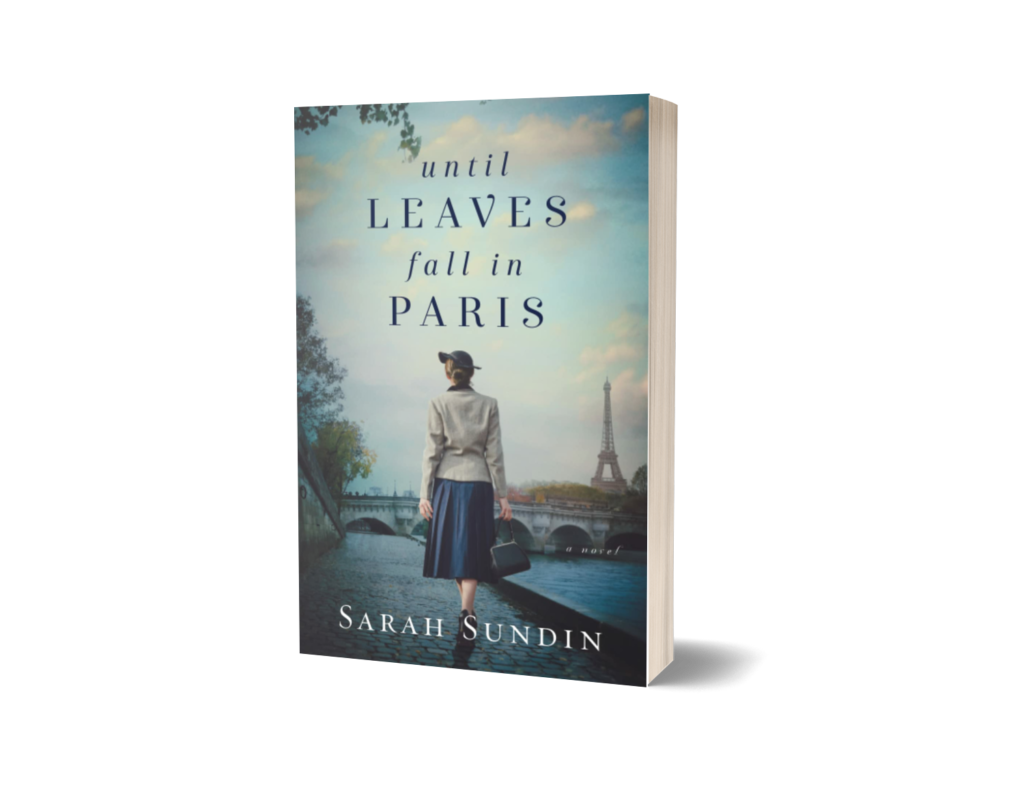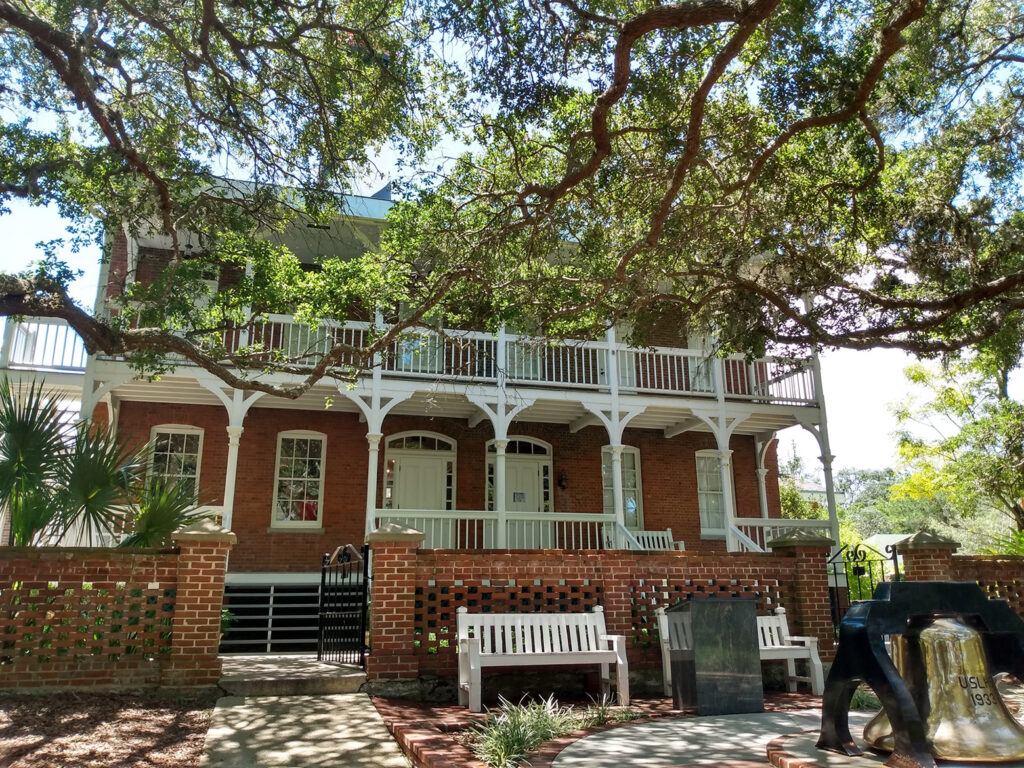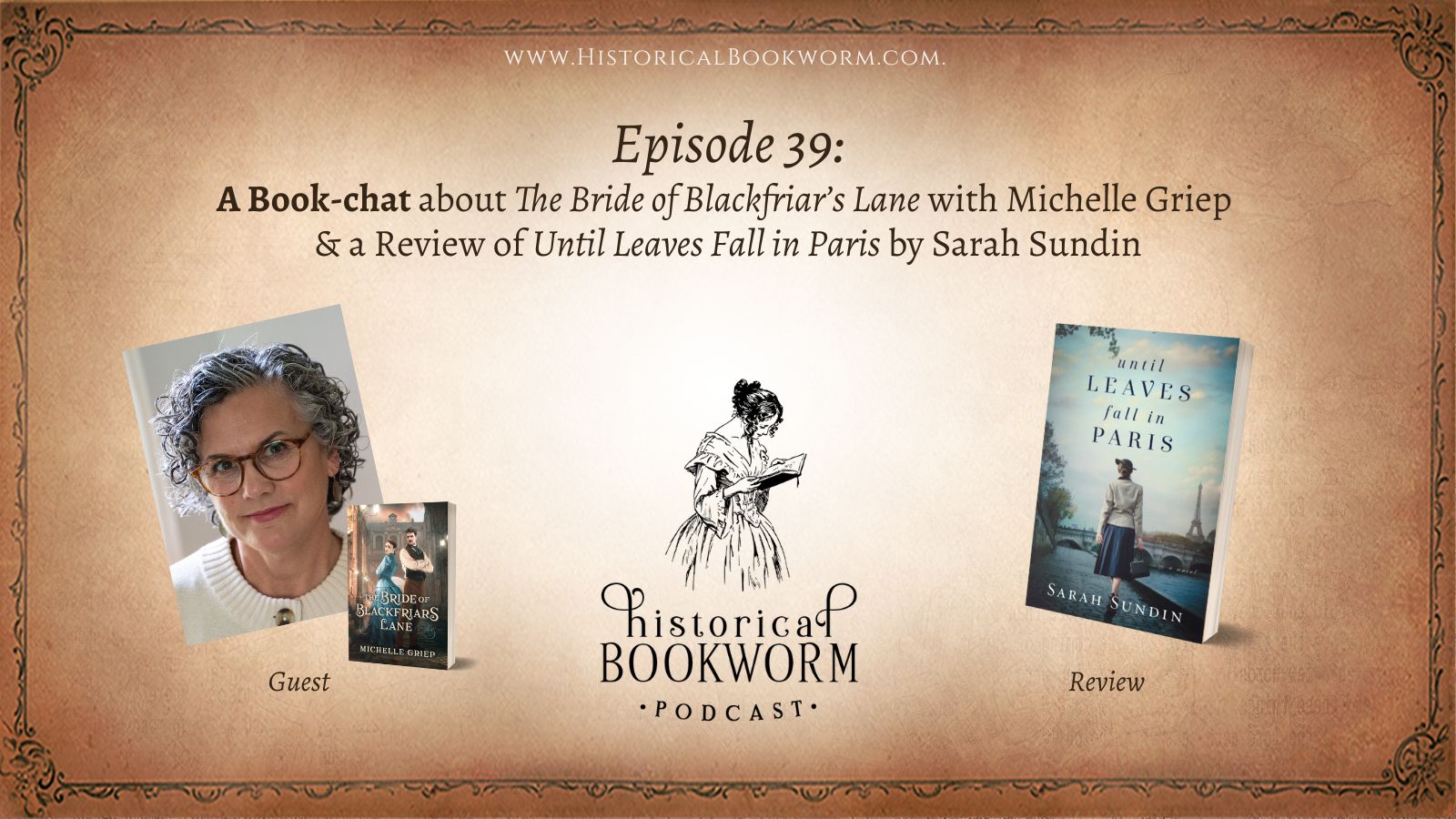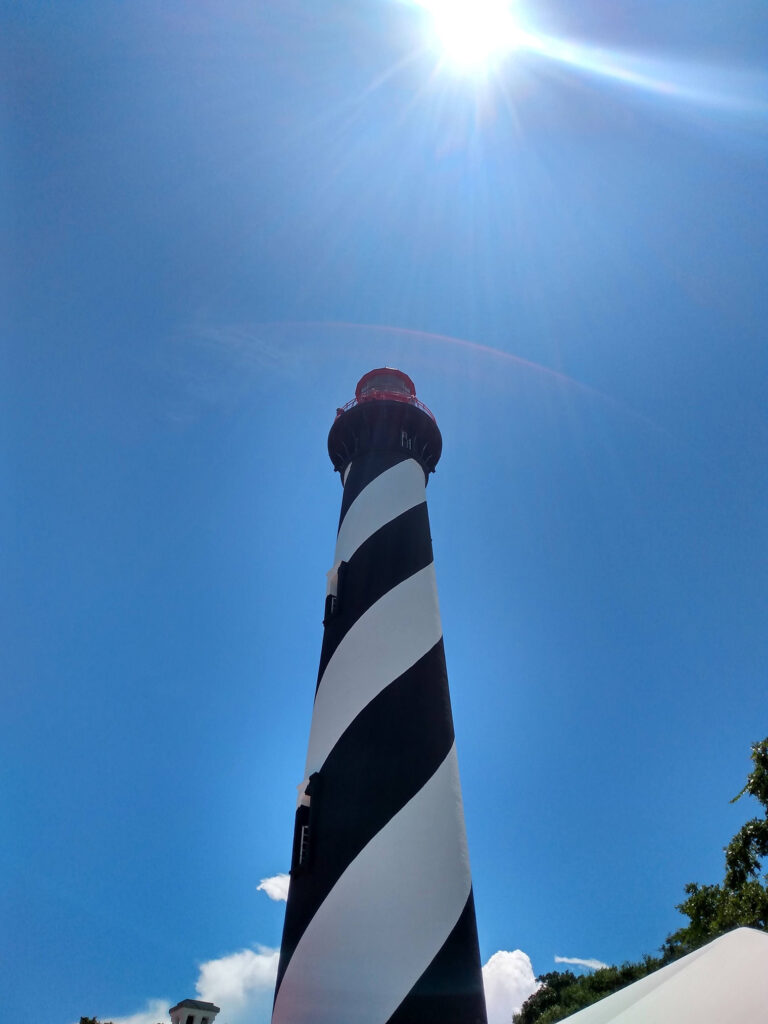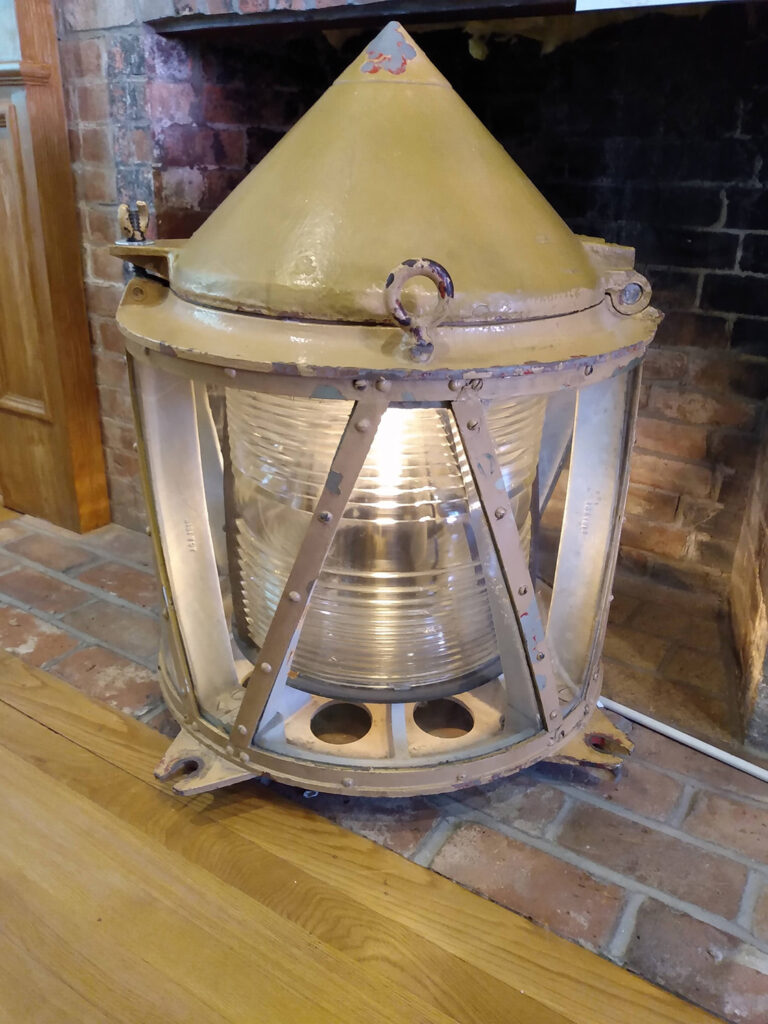The audio version of this review was first shared in A Bookchat about Sisters of Sea View by Julie Klassen & a Review of Falling for the Cowgirl by Jody Hedlund.
THE BOOK

Years ago, he shattered her heart. Now she must trust him with her life.
As the only girl in her family, and with four older brothers, Ivy McQuaid can rope and ride with the roughest of ranchers. She’s ready to have what she’s always longed for–a home of her own. She’s set her heart on a parcel of land south of Fairplay and is saving for it with her winnings from the cowhand competitions she sneaks into–but her dream is put in jeopardy when the man she once loved reappears in her life.
After two years away, Jericho Bliss is back in South Park as an undercover Pinkerton agent searching for a war criminal. He has no intention of involving a woman in the dangerous life he leads, but one look at Ivy is all it takes for him to question the path he’s set out for himself.
Even though Jericho tries to resist his longtime attraction to the beautiful and vivacious Ivy, he finds himself falling hard and fast for her. In the process, his worst fear comes true–he puts her smack-dab in the middle of danger. With Ivy’s life in the balance, will Jericho give her up once again, or will he find a way back to her, this time forever?
THE REVIEW
Oh. My. Holy Saint Peter! Jody has done it again, she’s roped me in and hog-(steer)-ties me with another McQuaid book!
I wasn’t so sure about this one. Ivy has been that annoying little sister, with a really big mouth and larger personality since book 2. And I wasn’t sure I was gonna like her. And while it’s not my favorite of the Colorado Cowboys (that’s still a toss up between Flynn and Brody), I really appreciate how Jody grew her up, but also kept the same elements that were Ivy. It made her and this story feel more real; sometimes authors grow up the characters too much and they change and it feels less like real humans. This didn’t.
And the slow burn and tension between her and Jericho! Come on! I was just like get on with it… but then when those kisses (yes, plural) came, it was fantastic. But, again, like real life, the tension didn’t stop there.
But among all the kisses, tension, bickering and banter, I deeply appreciate how Jody intertwined scripture and biblical truths into the story. That’s one of the reasons I alway pick up her books. I know I’m gonna get fantastic characters, a marvelous story, and deep spiritual truths as well.
If you enjoy capable cowgirls, romance with a little sizzle, and family sagas, you’ll want to grab a copy of Falling for the Cowgirl by Jody Hedlund.
THE AUTHOR

Jody Hedlund is the best-selling author of over forty sweet historical romances and is the winner of numerous awards. She lives in central Michigan with her husband and is the mother of five wonderful children and five spoiled cats. When she’s not penning another of her page-turning stories, she loves to spend her time reading, especially when it also involves consuming coffee and chocolate.
Reviewed by Megan Adams from the bookstagram account Messy Bun, Bookish Fun .
Disclaimer: The publisher offered a complimentary copy of this book. The review was given freely, without payment. All views expressed are only the honest opinion of a member of the Historical Bookworm Review Team.


